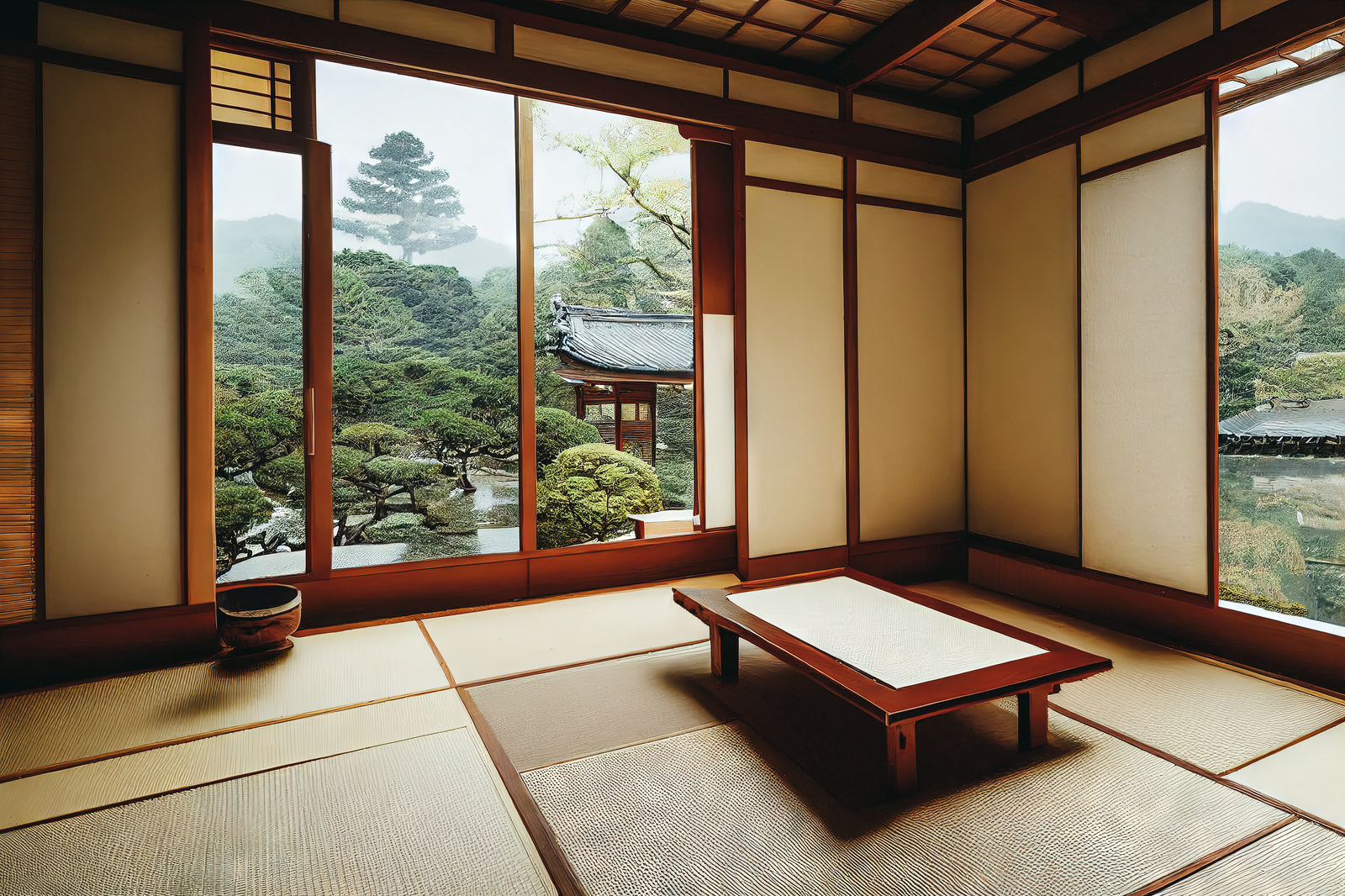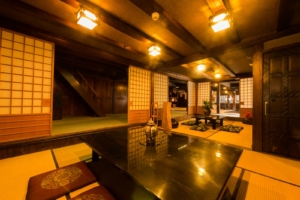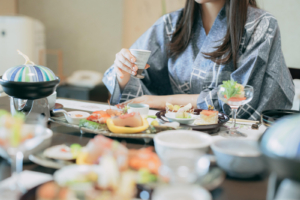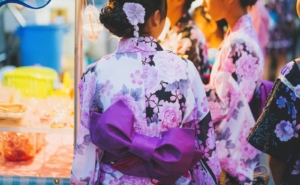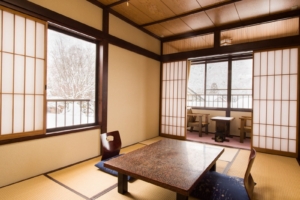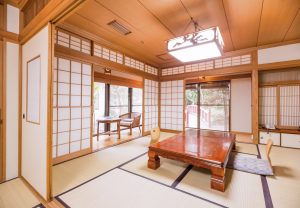Staying at a traditional Japanese inn, or “ryokan(旅館)”, is a wonderful opportunity to experience Japan’s unique culture and traditions, especially if it’s your first time. If you’re interested in Japanese culture, it would be a missed opportunity not to immerse yourself in this traditional lifestyle. Even many Japanese people themselves believe staying at a “ryokan” is a fantastic experience. You can enjoy the sight of traditional architecture and rooms, relax in soothing hot springs, taste delicious local cuisine, and experience the impeccable hospitality of the staff.
However, while staying at a “ryokan”, it’s expected that you show some respect for Japanese culture by observing the appropriate etiquette. This includes table manners during breakfast and dinner, the proper way to wear a “yukata”, communal bath etiquette, and even knowing where to remove your shoes. As a foreigner, it’s understandable if you don’t know these customs, and others may overlook it, but if you’re staying at a “ryokan” because of your interest in Japan, it’s helpful to learn some basic Japanese traditions.
What to expect when you arrive at a “ryokan”?
First, you’ll need to check in. (You can ask at the front desk if they have an available room without a reservation, but it’s more common for them to be fully booked, so it’s best to reserve ahead of time.)
Check-in times at Japanese “ryokan” vary, but generally, it’s around 3:00 PM, similar to Western hotels. Check-out is often a bit earlier than in Western hotels, typically between 10:00 and 11:00 AM. Some “ryokan” offer services like early check-in or late check-out for an additional fee, so you can inquire if needed.
At larger or more traditional “ryokan”, you may be greeted by a “bantou” or “okami.”
After checking in at the front desk, a staff member might escort you to your room, showing you important areas along the way like the bathroom, dining area, and emergency exits (though you may also go to your room on your own in some cases).
What to expect at the entrance of a “ryokan”
If there is a step up at the entrance (meaning the floor inside is slightly elevated), you will generally be expected to remove your shoes before stepping inside. This is part of the Japanese custom of keeping the house clean by leaving outside dirt at the entrance.
Slippers are often provided near the entrance, or staff may offer them to you. These are for walking around inside the building.
After checking in at the front desk, a staff member might escort you to your room, showing you important areas along the way like the bathroom, dining area, and emergency exits (though you may also go to your room on your own in some cases).
What to expect in a typical “ryokan” room
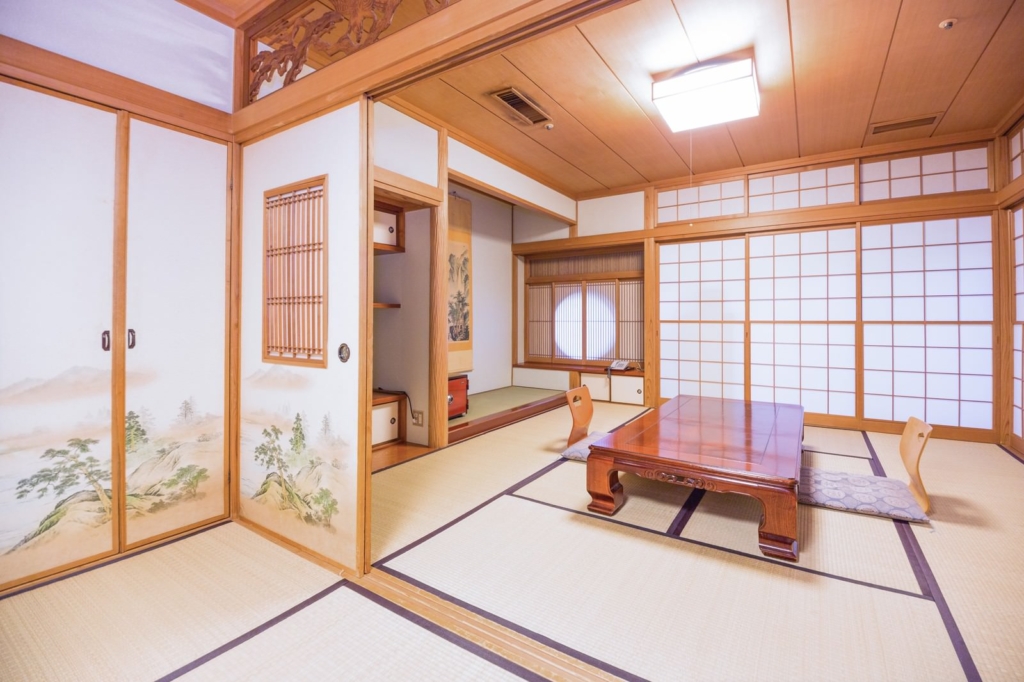
“Ryokan” rooms usually feature traditional “tatami (畳)” mats, a uniquely Japanese flooring made from woven straw “igusa (イグサ)” filled with softer straw inside. “Tatami” is slightly soft and flexible, perfect for sitting, lying down, or setting out “futon (布団)” bedding. You should not walk on “tatami” with slippers. The distinctive scent of “igusa” is known to have a calming effect, contributing to the peaceful atmosphere of the room. Personally, I love this scent, though some Japanese people may not be as fond of it.
In the center of the room, you’ll often find a low table, and there’s usually an “alcove” calleed “tokonoma (床の間)” where a hanging scroll or vase is displayed. The room may also have a TV, a small refrigerator, and, depending on the room’s grade, a private open-air bath (露天風呂).
Where is my bed?
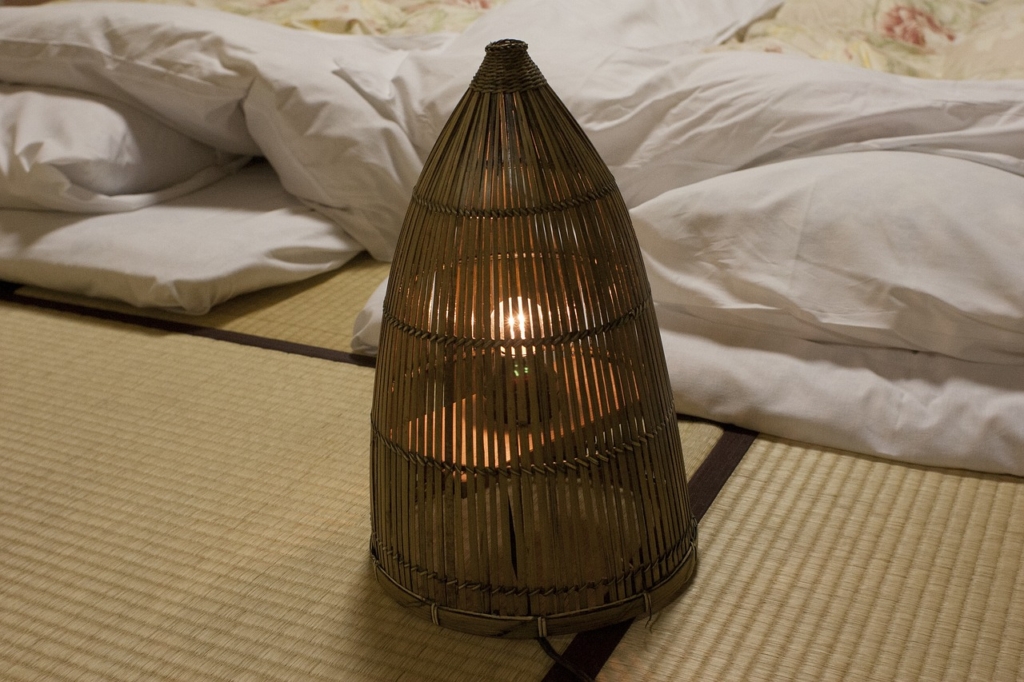
In a ryokan room, you’ll sleep on a “futon” laid out directly on the “tatami” mats. When you first enter the room, the “futon” will typically be stored away in the closet called “oshiire (押し入れ)”. You won’t need to set it up yourself; staff will come to your room to prepare your bed. This is done so that the room can be used more freely during the day.
Usually, the “futon” is laid out while you’re away for dinner, so when you return, your cozy sleeping area is already prepared as part of the ryokan’s dedicated service.
A yukata you should try!

Most “ryokan” will provide you with a “yukata” (light cotton robe). It will typically be found in the room’s closet. You can wear it not only for relaxing after a bath but also when going to the dining room or nearby hot springs. If you’re unsure how to wear it or if the size provided doesn’t fit, don’t hesitate to ask the staff. They’ll be happy to assist you.
When I stay at a ryokan or hotel with my family, the room usually only has yukatas in size M. So, I always ask the front desk for L-sized yukatas for my family members.
What to expect at meals in a ryokan
The type of meal you’ll have will often depend on the room rate, but here’s what you can generally expect for dinner and breakfast:
Location: Meals are usually served in a designated dining area (shokudou: 食堂)or banquet hall (enkai-jou: 宴会場). If you’re staying in a higher-grade room, the meal might be served in your room, allowing you to enjoy it in private.
Dinner: The typical dinner at a ryokan is a traditional course meal known as kaiseki (会席), featuring various dishes made with seasonal ingredients. This may include stewed fish and vegetables, fried and grilled items, rice, soup, and pickles, served in multiple small plates. Some ryokan offer buffet-style dinners, especially at larger ryokans or those in urban areas, where you’ll find a variety of Japanese, Western, and Chinese dishes.
Can I drink alcohol? Most ryokan serve a range of alcoholic beverages. If you’re staying at a local ryokan, they might offer regional sake, beer, or wine, so it’s worth trying them. Be sure to check if they are included in the price or if there’s an additional charge.
Breakfast: Breakfast is typically served in the same area as dinner. A traditional Japanese breakfast might include rice, miso soup, grilled fish, egg dishes, pickles, and sometimes natto (fermented soybeans). Some ryokans offer buffet-style breakfasts with a variety of dishes.
Do I need to tip at a “ryokan”?
Tipping is not customary at Japanese “ryokan”.
The service fee is usually included in the overall price. While you can give a tip for exceptional service, expressing your gratitude verbally is generally more than enough.
